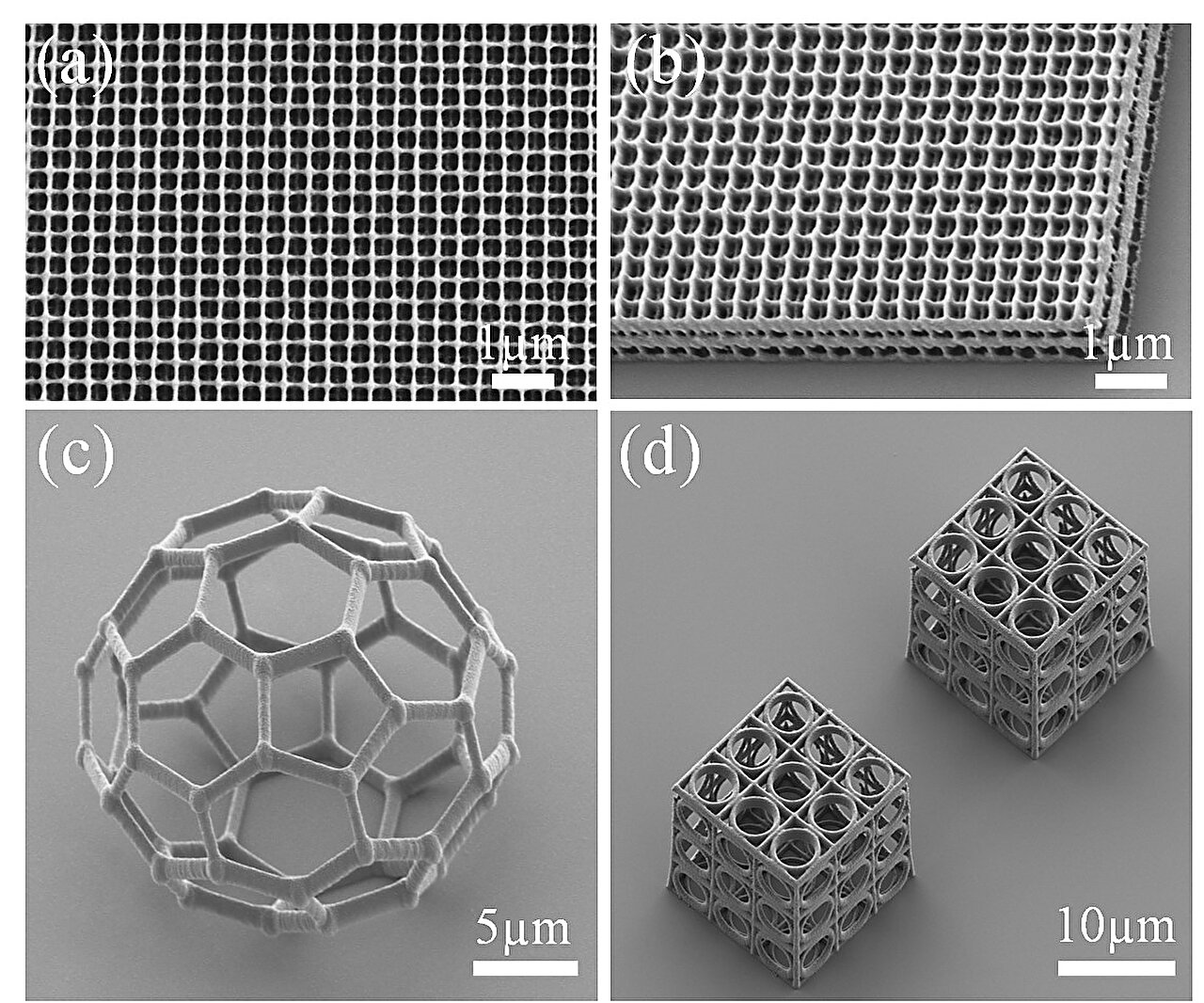Did you know that the human nose can detect up to a trillion different smells? It’s true! With hundreds of scent receptors, our noses are incredibly powerful. But there are certain chemicals, known as nerve agents, that can be lethal even in tiny amounts. However, researchers have made a breakthrough. In a study published in ACS Sensors, they have developed a nerve gas sensor using human scent receptors. This sensor was able to detect a substitute for deadly sarin gas in simulated tests.
Nerve gases are extremely potent, so detecting them quickly and accurately requires highly sensitive sensors. One method that has shown promise is combining human scent receptors with nanomaterials like reduced graphene oxide to create a “bioelectronic nose.” However, due to the dangers of working with nerve gases, scientists often use substitute molecules instead.
For example, dimethyl methylphosphonate (DMMP) is a common replacement for sarin or soman nerve agents. In previous studies, the receptor protein hOR2T7 was used to detect DMMP, but only in its liquid form. Researchers Tai Hyun Park, Jyongsik Jang, and their team wanted to design a sensor that could detect the gaseous form of DMMP. They created nanodiscs containing the hOR2T7 receptor by combining it with a membrane scaffold protein and other lipids. These nanodiscs were then attached to a reduced graphene oxide layer decorated with nickel atoms to hold them in place.
Remarkably, the sensor only detected DMMP, even when exposed to compounds with similar shapes or smells. It was also sensitive enough to detect concentrations as low as 0.037 parts per billion. The researchers tested the device in various scenarios, including smoky conditions and repeat tests, and it performed well.
This study demonstrates the potential of human scent receptors as crucial components for highly sensitive and selective gas sensors. While further experiments are needed, this breakthrough brings us one step closer to developing advanced detection systems that can save lives.








